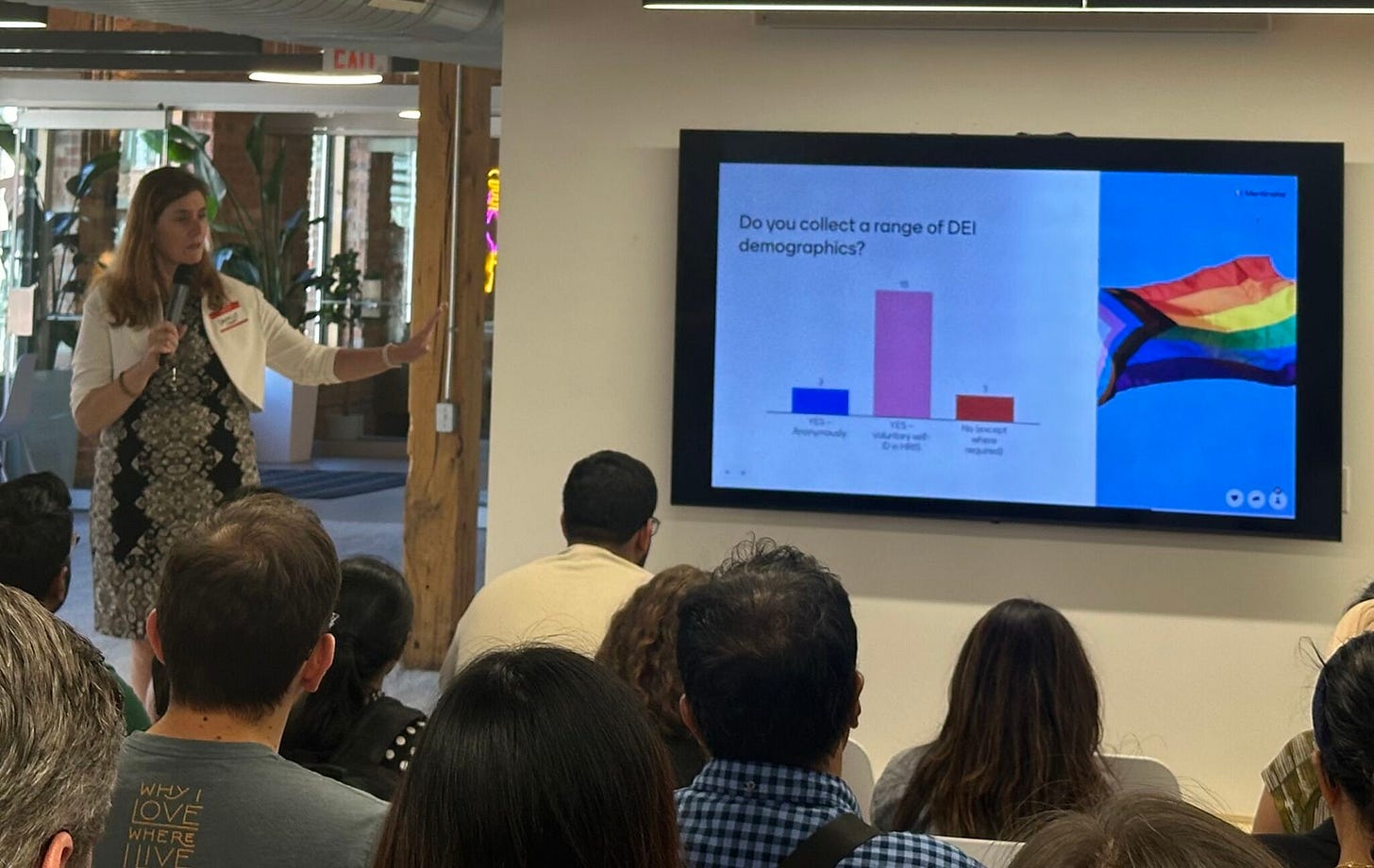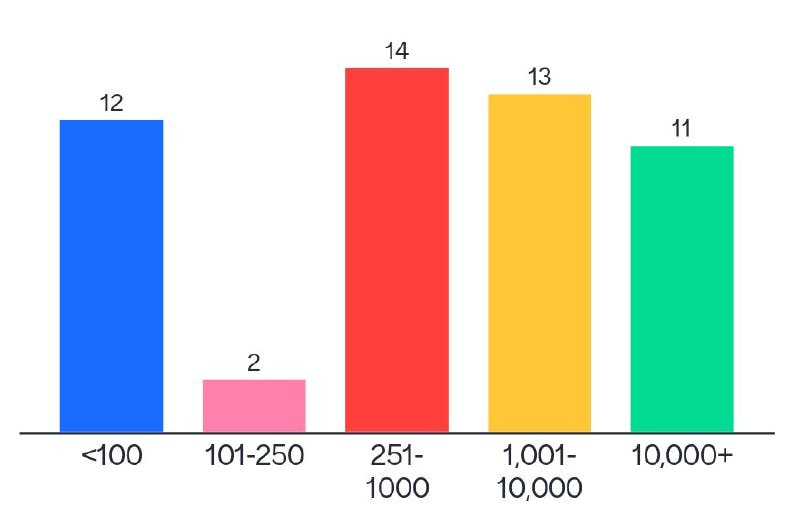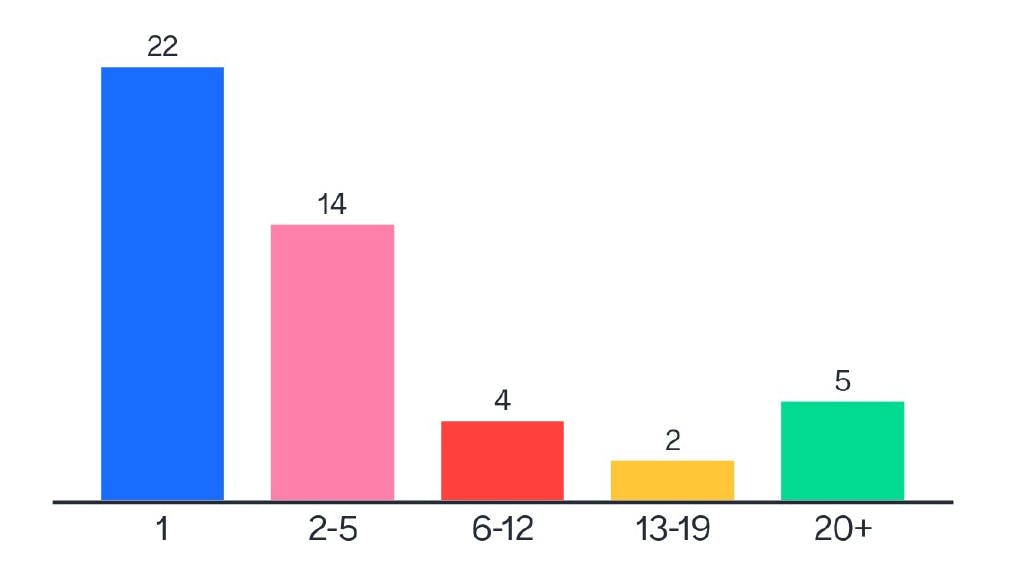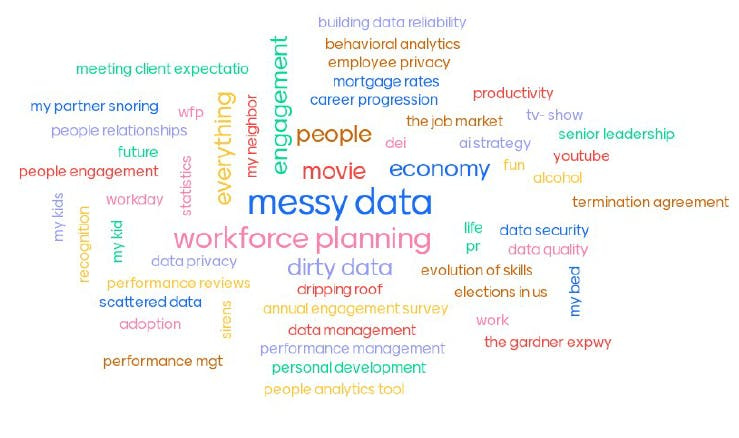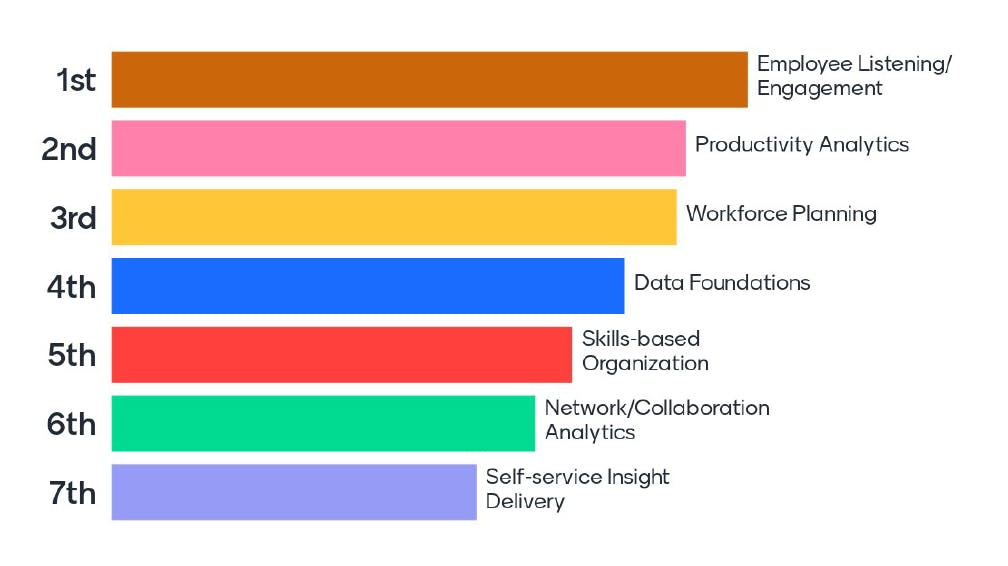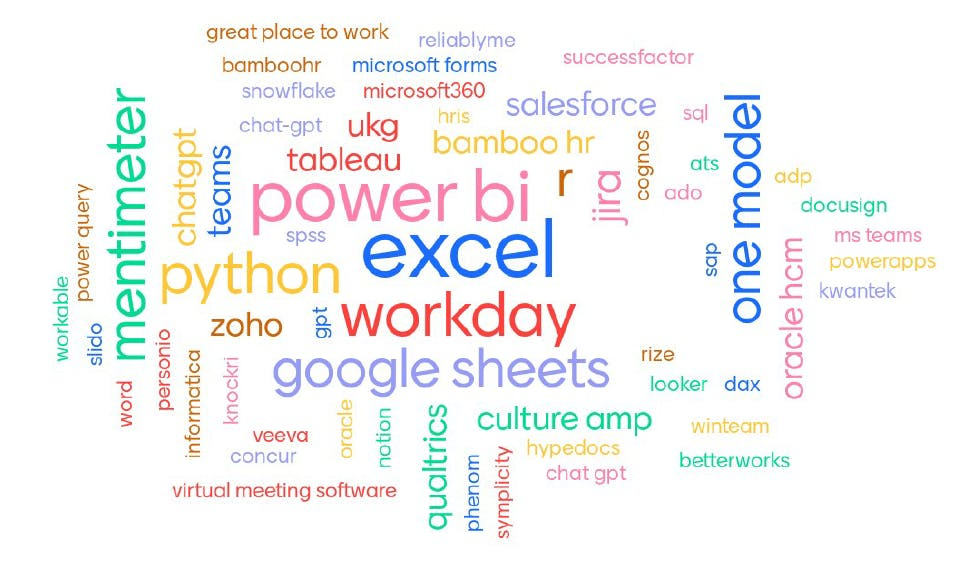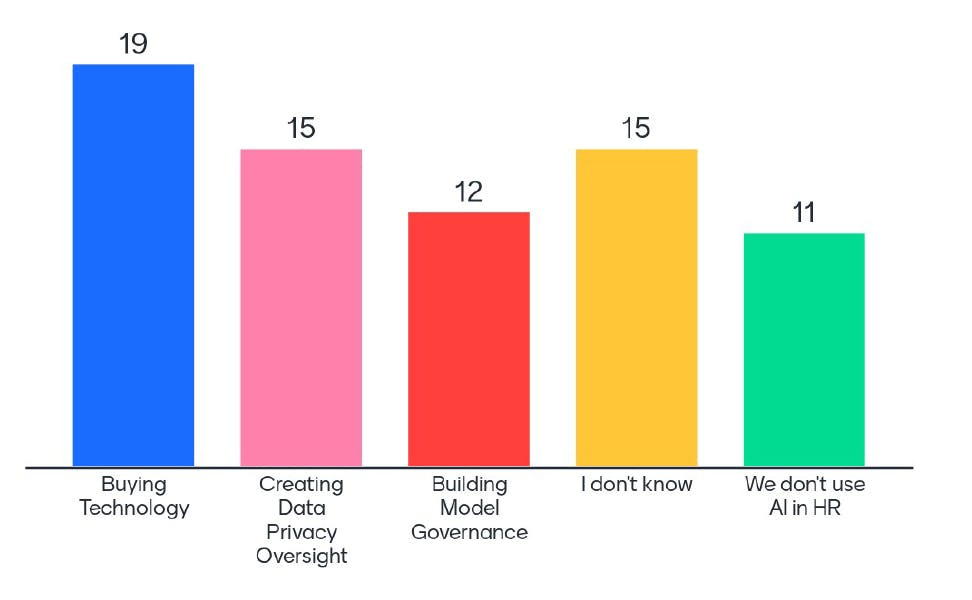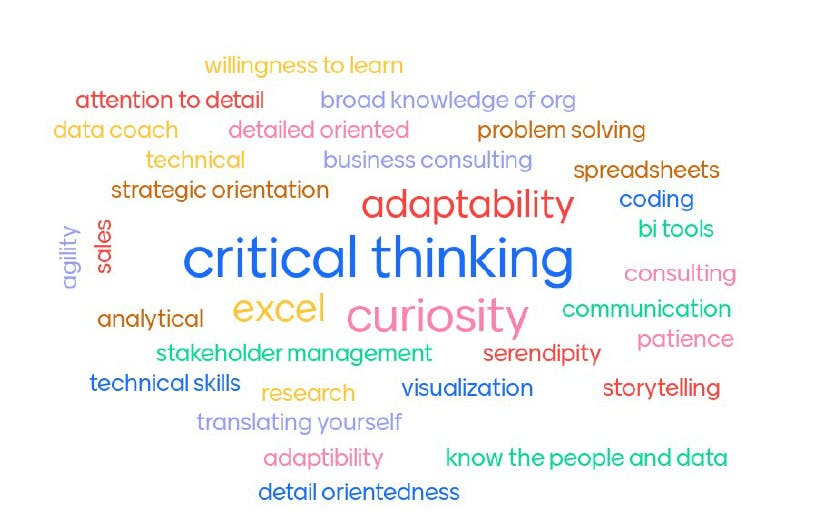People Analytics Collective Intelligence: Insights from the Meetup Last Week
Hey Friends,
Did you know we have a People Analytics Group here that meets regularly in Toronto?
It's a community of practitioners for practitioners, which means minimal sponsorship, little self-promotion, and maximum ideas exchange.
Interested in joining?
Anyways, we had a meetup:
There, Danielle Bushen used Mentimeter to collect data from attendees.
Today, we discuss the results!
Let's go!
Which option best describes your primary role?
As you can see, People Analytics is not just one role.
It covers everyone from HR to Data Scientists to allies from marketing and sales who want to use people data effectively to drive organizational outcomes.
This diverse field benefits from the various questions we ask and perspectives.
How big is your company?
Next, we looked at the company's size and again found a wide variety of companies represented from smaller start-ups to large multinational pharma and financial services organizations.
How big is your people analytics team?
Most companies had only a small people analytics team, with at most 1 person running analytics. There were a few organizations with more established functions, however.
Now, what is keeping them all up at night?
Here is a word cloud with some details, but largely, we are seeing a common theme: messy data and the current state of the economy.
Messy Data: Other people analytics enthusiasts and I have talked about data quality recently. I think this comes from the realization that we have so many great questions but no way to answer them because the data are messy, disorganized, and incomplete.
State of the Economy: More and more people analytics professionals are working within workforce planning, which involves predicting how the economy will move, what unemployment rates might look like, and what this means from an organizational strategy point of view. This demonstrates just how strategic these roles are.
Current priorities
Unsurprisingly, employee listening, productivity, and workforce planning take center stage here. However, it's interesting to see that self-service insight delivery is not at the top of the list.
Did we figure it out? Or did we accept the reactive status quo?
Software we use
Our software remains the same: spreadsheets, HRIS, and PowerBI.
However, note that Python, R, and One Model are also starting to emerge.
Interestingly, where is GenAI in this picture?
Speaking of... AI adoption response:
We are mainly buying the technology and thinking about how to set it up, but many companies still don't use AI or don't know how widely it is used.
Finally, we also asked what competencies are essential in People Analytics!
Many of these come from consulting, analytical approach and recognition that we work with uncertainty in many ways.
Interesting insights overall!
Cheers,
K
Whenever you’re ready, there are 2 ways I can help you:
#1
If you’re still looking to get started in People Analytics, I recommend starting with my affordable course:
Practical People Analytics: Build data-driven HR programs to 10x your professional effectiveness, business impact, and career. This comprehensive course will teach you everything from building an HR dashboard for business results to driving growth through more advanced analytics (i.e., regression). Join your peers today!
#2
If you are looking for support in your human capital programs, such as engagement, retention, and compensation & benefits, and want to take a more data-driven approach, contact me at Tskhay & Associates for consulting services. Or simply reply to this email!




